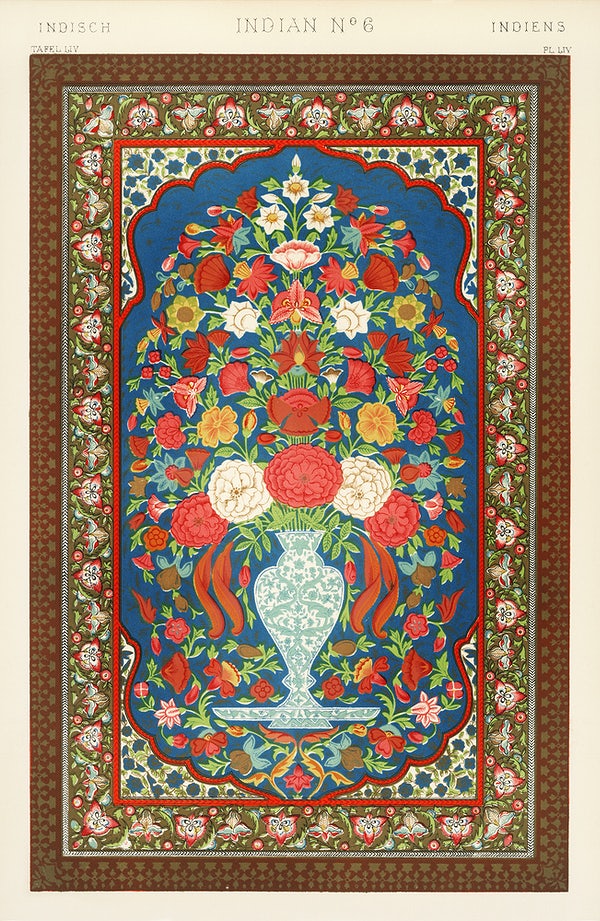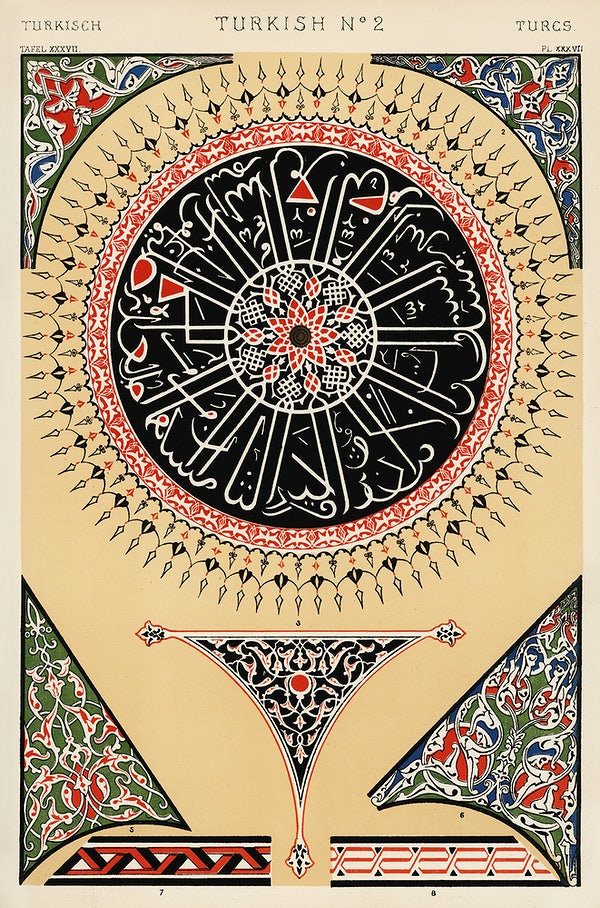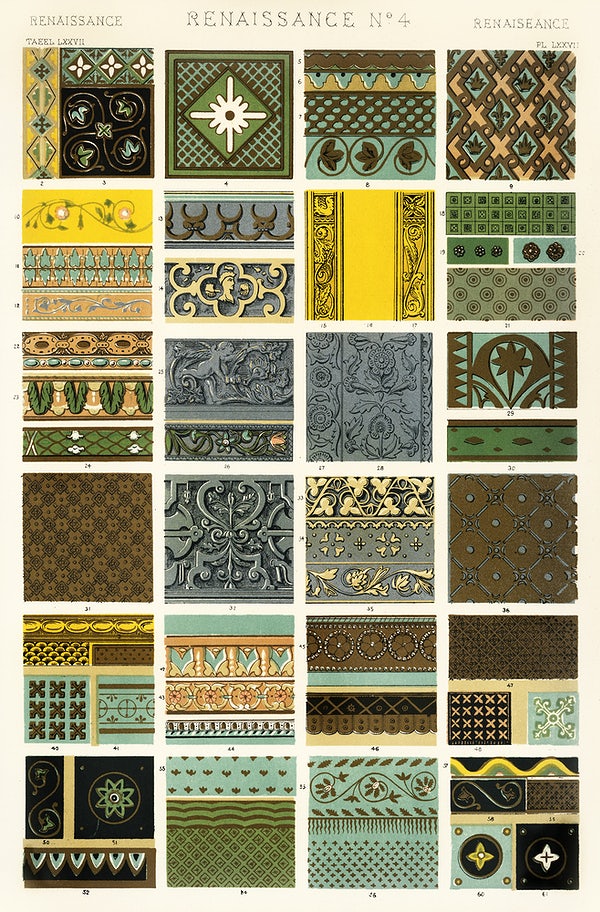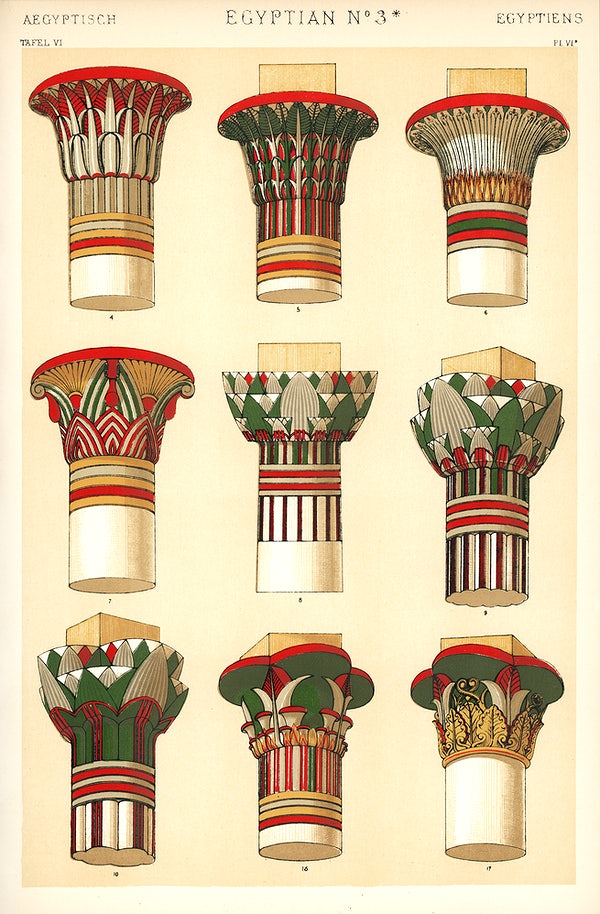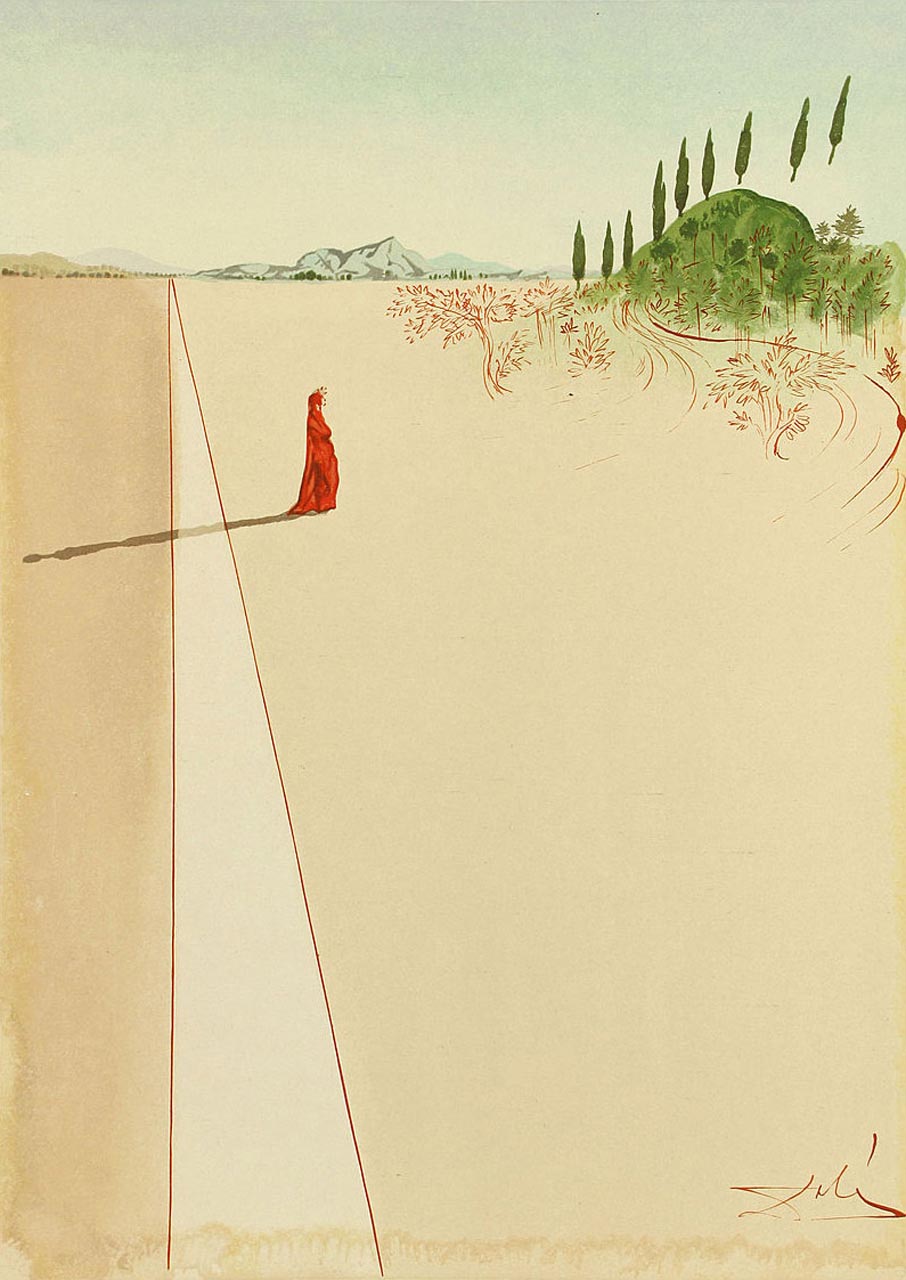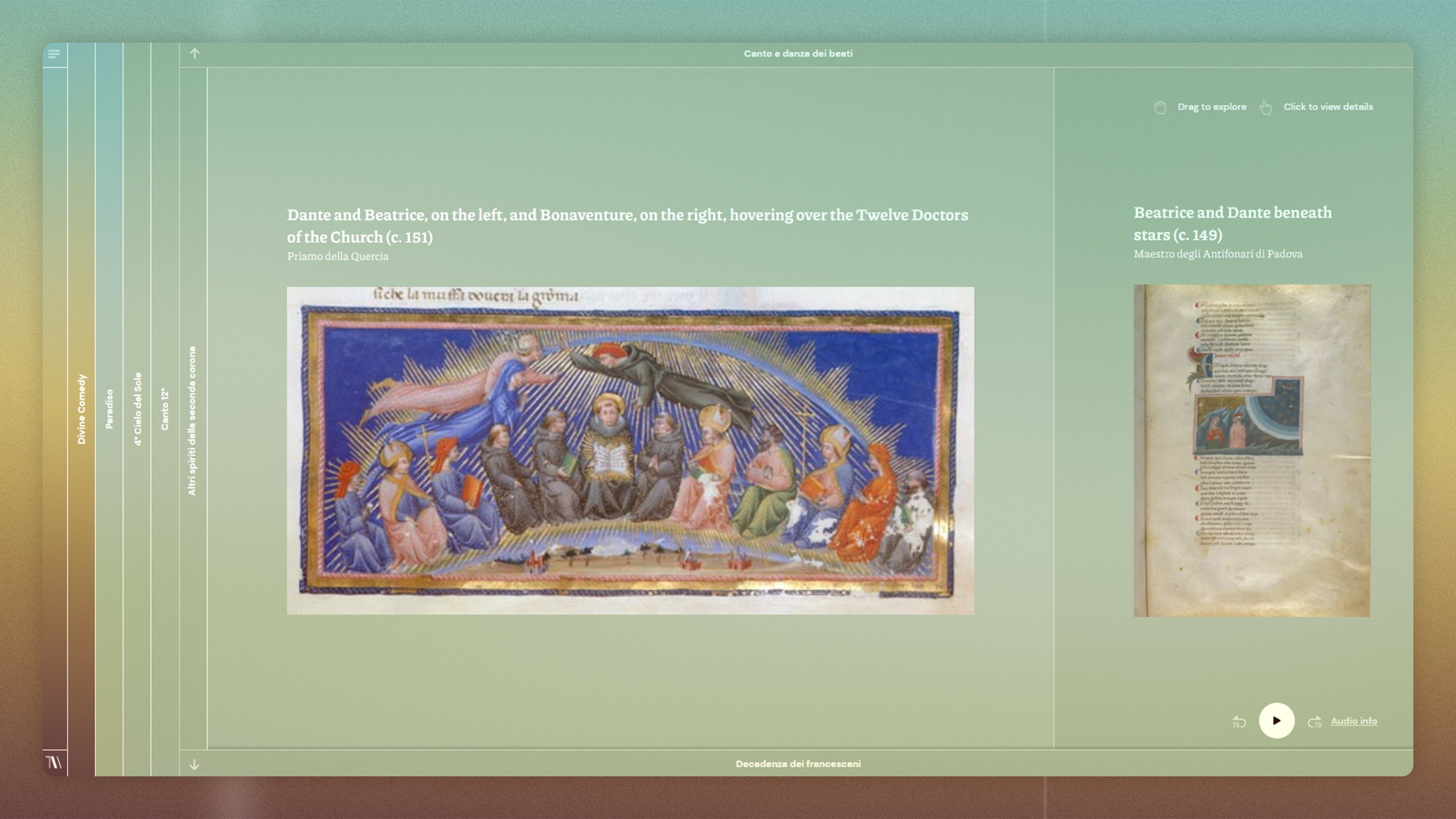From Yale University comes an unfortunately timely course, Epidemics in Western Society Since 1600. Recorded before the outbreak of COVID-19, the 25 lecture course, presented by historian Frank Snowden, covers the following ground:
This course consists of an international analysis of the impact of epidemic diseases on western society and culture from the bubonic plague to HIV/AIDS and the recent experience of SARS and swine flu. Leading themes include: infectious disease and its impact on society; the development of public health measures; the role of medical ethics; the genre of plague literature; the social reactions of mass hysteria and violence; the rise of the germ theory of disease; the development of tropical medicine; a comparison of the social, cultural, and historical impact of major infectious diseases; and the issue of emerging and re-emerging diseases.
You can watch the lectures on YouTube above, or on iTunes (Video — Audio). You can also read Snowden’s related book: Epidemics and Society: From the Black Death to the Present.
If you want to hear what Snowden has to say about COVID-19, we have two interviews below.
Coronavirus (COVID-19) Update: Epidemics in History
How Will COVID-19 Change the World? Historian Frank Snowden on Epidemics From the Black Death to Now
Epidemics in Western Society Since 1600 will be added to our list of Free Online History courses, a subset of our metacollection, 1,700 Free Online Courses from Top Universities.
If you would like to sign up for Open Culture’s free email newsletter, please find it here. Or follow our posts on Threads, Facebook and BlueSky.
If you would like to support the mission of Open Culture, consider making a donation to our site. It’s hard to rely 100% on ads, and your contributions will help us continue providing the best free cultural and educational materials to learners everywhere. You can contribute through PayPal, Patreon, and Venmo (@openculture). Thanks!
Related Content:
The History of the Plague: Every Major Epidemic in an Animated Map



